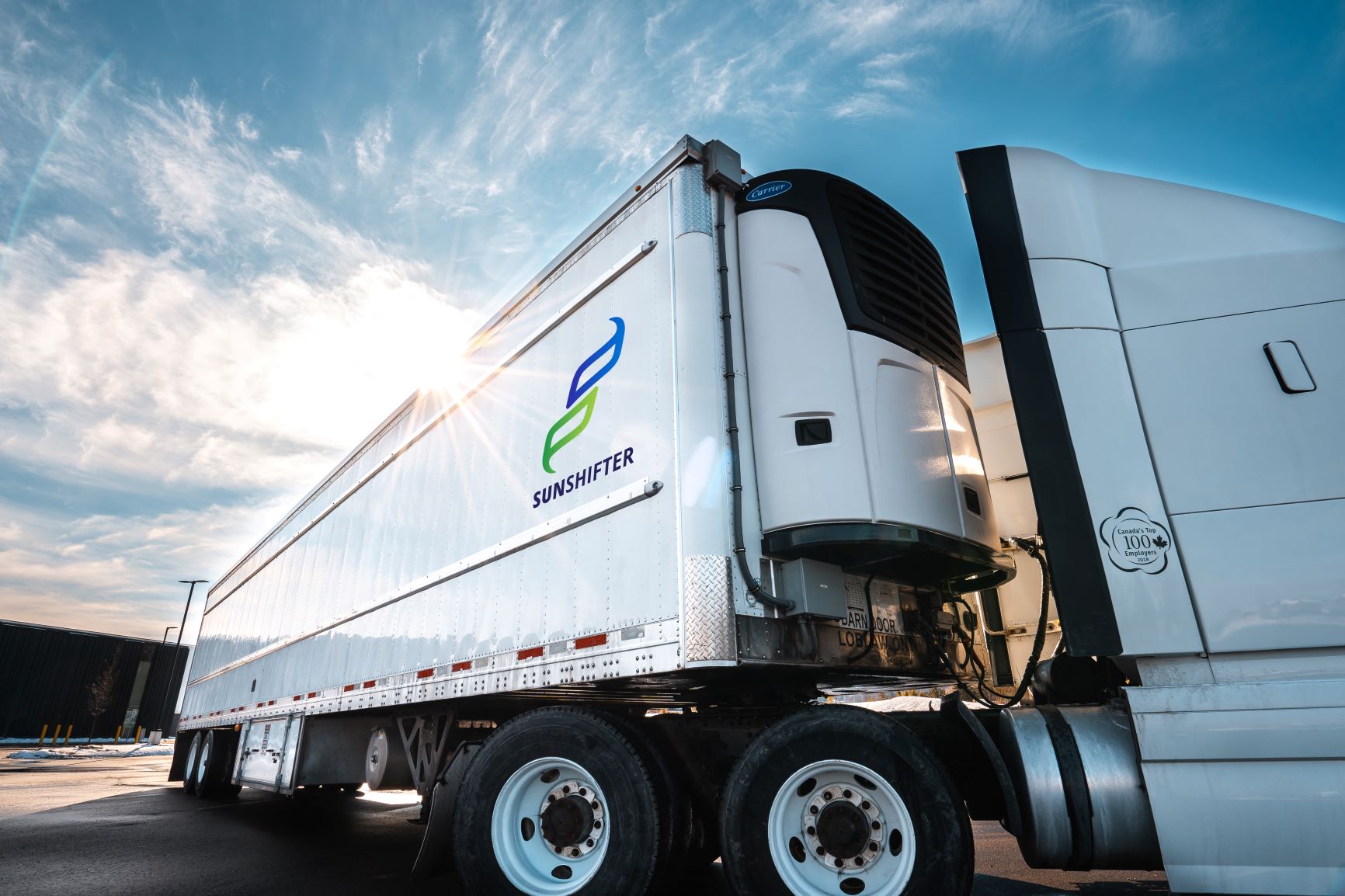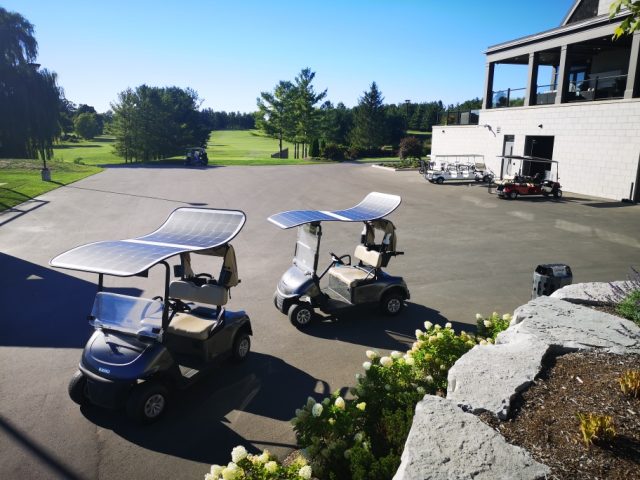-
Headquarters -
620 Ireland Rd, Simcoe, ON, N3Y 4K2
-
Year established -
2016
-
NAICS -
335990 - All other electrical equipment and component manufacturing
-
Major expansions -
2019
-
Employees -
16
-
Exports -
US
-
Download -
Westhill Innovation
The orchards of Norfolk County act as a reminder of the region’s rich history in developing new apple varieties. Amid the orchards, a different industry has taken root as Westhill Innovation and other manufacturers cultivate the fruits of their groundbreaking innovations.
Westhill Innovation was founded in 2016 by Emil Radoslav and Gina Succi when the former acquired an advanced laminate technology after retiring from his role in the steel industry. Initially, the company was founded on the principles of lightweight, metal-skinned composites for the transportation industry but has since evolved into a manufacturer of solar electromobility products. SunShifter, the company’s flagship product, is a durable solar roofing system that eliminates the need for diesel to power truck-mounted transport refrigeration units (TRU). Westhill’s product leads to substantial fuel and cost savings. It also reduces greenhouse gas emissions and extends the range and life of batteries in electric trucks.
The idea of putting solar cells on a vehicle wasn’t a novel idea. Companies have been doing this for decades, but doing it to power a refrigerated system was challenging.
Already in use by a niche grocery store chain in California and piloted across Canada and southern United States, Westhill is now ramping up the production and deliveries of SunShifter to new customers. The company is also building SunRunner and Solar Express low speed vehicles featuring solar roofs and batteries that are suitable for use at golf courses, resorts, and gated communities.
“The idea of putting solar cells on a vehicle wasn’t a novel idea. Companies have been doing this for decades, but doing it to power a refrigerated system was challenging,” says Succi, the co-founder and Chief Executive Officer of Westhill. “Until now, no one has been able to fully power brand-name TRUs using an electrified system integrated with solar panels and batteries.”
Refrigerated cargo makes up one-third of all vans that run on the roads. The refrigeration system can consume as much as a gallon of diesel per hour, leading to substantial emissions.
Westhill is the fruit of decades of hard work involving numerous cycles of research and development followed by validation and returning back to the drawing board. Bringing the idea to reality required several different ecosystem partners from Ontario to work together. The Innovation Factory’s Centre for Integrated Transportation and Mobility (CITM), Next Generation Advanced Manufacturing Supercluster of Canada (NGen), Linamar’s Innovation Hub (iHub), the National Research Council of Canada Industrial Research Assistance Program (NRC IRAP), McMaster University, and Mohawk College all contributed to Westhill’s success.
“We started the business designing and manufacturing lightweighting composites for the purpose of making vehicles lighter to save incrementally, on fuel. When vehicles began moving away from fuel altogether, we knew we had something novel,” Succi says. “Nobody was really taking a look at the box on wheels as a power source. Ironically, that’s where all of the value is in commercial transportation.”
“Refrigerated cargo makes up one-third of all vans that run on the roads,” says Ashutosh Sharma, the company’s director of technology. “These trucks carry essential and perishable goods like food and vaccines over long distances. The refrigeration system can consume as much as a gallon of diesel per hour, leading to substantial emissions.”
While there was no regulation or incentive at the time that directly addressed that problem (only in late 2023 did California implement the REGULATION), the path of government programs and legislation targeting transportation sector decarbonization was clear to the Westhill team. That is when the idea of pivoting into solar electromobility emerged.
“Integrating solar modules into this material meant figuring out all the electrified components,” Succi says. That was a challenge. Westhill didn’t have the expertise in electrical engineering despite having a breadth of knowledge in materials science. Succi’s own degree is in civil and structural engineering. In response, the company sought help from its ecosystem partners while it boosted its efforts to recruit the necessary talent. The product morphed and so did the team’s capabilities.
When Succi met Linda Hasenfratz, the CEO of Linamar Corporation, coincidentally at an Innovation Factory event focused on empowering women in manufacturing, she saw an exciting collaboration opportunity.
With support from a major grocery retailer, its team of engineers and some student groups from McMaster University’s W. Booth School of Engineering Practice and Technology and Automotive Research Centre (MARC), Westhill built the proof-of-concept SunShifter in 2019 at an assembly and testing space in Stoney Creek provided by Mohawk College (details of this prototype are available HERE). While this marked a major milestone in proving the concept and the product was validated by a potential customer–Loblaw–the weight of the system was still an impediment to broader commercial viability.
One of the biggest challenges was reducing the weight of the inverter assembled from off-the-shelf components. It weighed hundreds of pounds and measured 215 cubic feet because it needed to be powerful enough to start up a 40-kilowatt electric motor. When Succi met Linda Hasenfratz, the CEO of Linamar Corporation, coincidentally at an Innovation Factory event focused on empowering women in manufacturing, she saw an exciting collaboration opportunity and pitched her the idea.
Soon after, Linamar’s iHub and Westhill applied for R&D funding support from NGen under the supercluster’s Automotive Zero-Emission Manufacturing Challenge Project launched in 2021. In May 2022, the partners received funding for their project to reduce the overall weight of Westhill’s product, including designing an inverter that uses a fraction of the space and weight from the original.
The results were impressive. The first phase of the project achieved a reduction in the weight of solar panels from 80-90 lbs each to 63 lbs. The second phase that ended in November 2023 reduced the weight of the system by one thirds to 3,000 lbs from the original 4,500 lbs and cut the size of the power electronics from hundreds of points to tens of pounds, widened the offered voltage range, and reached a power output of 8-kilowatts –enough to meet the needs of almost two homes for a day, even in areas without high levels of sunlight.
The third phase of the project involves trimming an additional 550 pounds from the existing trailer weight. That means, when the Westhill system is installed and the trailer’s diesel generator and fuel tank are removed, there would be a net reduction in the truck’s weight. In a market where weight reduction is an important part of the sales pitch, that is excellent news for Westhill.
The location of the facility offers important advantages. We could afford it and grow into it.
While these R&D projects were underway, Westhill was busy settling into a new 32,000 square foot facility in Simcoe and getting its first ISO 9001 certificate. The company was also developing the solar-powered low speed vehicle, SunRunner, and boosting its marketing efforts to acquire new customers.
The facility Westhill moved into is tucked away near apple orchards at the east end of Simcoe. It had been vacated by another manufacturer several years earlier. “The location of the facility offers important advantages,” Succi says. The proximity to 400-series highways, enough space to set up a research lab, and access to hardworking talent near Simcoe were especially attractive to Westhill management. “We could afford it and grow into it,” she says.
Some people said we’d never get engineers out this way. But they are coming. They are looking to buy homes, which they can’t afford to do in Toronto.
The proximity to the company’s research partners in Hamilton, Linamar in Guelph, and Succi’s family who also live near Hamilton were other key factors in the decision to move there. Succi also highlights that the region is beginning to make headlines in the sustainability world. The site of Canada’s largest stationary battery energy storage facility, which is the third-largest in the world, (the Oneida Energy Storage project co-owned by Six Nations of the Grand River) is located 15 minutes away from Westhill’s facility.
“Some people said we’d never get engineers out this way,” Succi says. “But they are coming. They are looking to buy homes, which they can’t afford to do in Toronto.” At the moment, the company employs 16 people and most of them are newcomers or first-generation Canadians. About 30 per cent of the salaried staff is from different parts of India–others are from a number of different countries including Greece, Hungary, and Barbados. Westhill has also employed Canada-based PhD students from Iran, Jordan, Egypt, and Hong Kong.
The company organizes various events to help its staff members mingle and learn about each other’s cultures. Even for individuals coming from the same country, these activities have proven useful in building awareness of the diverse traditions and cultures of their home countries.
While the production staff are busy integrating the solar modules into advanced composites and engineers are securing patents for new products, management and sales teams are working hard to introduce the company to as many potential customers as possible.
Westhill is the only Canadian manufacturer whose products are included in California’s Clean Off-Road Equipment Voucher Incentive Program.
Unlike many technology companies, Westhill first developed the technology and then started marketing it. “We were perhaps too humble for too long,” Succi says. “We are working on changing that now.”
Westhill is, for example, the only Canadian manufacturer whose products are included in California’s Clean Off-Road Equipment (CORE) Voucher Incentive Program (link). The program offers financial support to fleet operators when converting their existing trailers, including truck-mounted Transport Refrigeration Units (TRU), to alternatives that use clean fuels (US$50,000 to $65,000 per TRU). For Westhill, the program is a great way to start conversations with potential customers and convince them to purchase the SunShifter.
People don’t believe the numbers and it’s all attributed to the amount of solar you can fit on a tractor trailer. It’s quite a massive unexploited area.
Succi notes that the product’s return on investment (ROI) has become substantially more attractive with the latest weight improvements, and adopting this product makes financial sense for fleet operators even without government incentives. Just from fuel savings, operators could see a payback time of two to five years. According to Succi, “People don’t believe the numbers and it’s all attributed to the amount of solar you can fit on a tractor trailer. It’s quite a massive unexploited area.”
While the product’s ROI is attractive, Westhill still faces challenges as a first mover when it comes to marketing. One of the first questions customers ask is whether there are any incentives for them to be the first to make the switch to a zero-emission system like SunShifter. Succi believes government incentives are critical in convincing more people to take that leap. California’s voucher program and Natural Resources Canada’s Green Freight Program, despite not directly targeting a switch to zero-emission TRUs, have been helpful in this regard.
Another challenge stems from the inertia in the transportation sector in developing new business models across the supply chain that facilitate the adoption of new technologies. Existing business models with respect to equipment leasing, purchase financing, fleet management and original equipment manufacturing can often be impediments to progress.
In response to this broader challenge, Westhill educates end-users about its products’ and their benefits to the environmental bottom line. Amid a broader drive to reduce greenhouse gas emissions, global food and beverage companies are paying attention to their carbon footprints. Refrigeration is as important as infrastructure, Succi notes. “Fleet owners won’t convert until this is figured out. Westhill’s solar powered electromobility solutions provide a path to conversion. If they believe in the need for Westhill’s products, they can pull the fleet operators and OEMs in their direction.”
In pursuit of a wider awareness of its products, Westhill continues to attend global trade shows and conferences—the company will be at the Toronto TruckWorld 2024 in Mississauga on April 18-20, 2024 and the Advanced Clean Transportation (ACT) Expo in Las Vegas on May 20-23, 2024.
For more information about Westhill Innovation, visit their website.
Published: April 16, 2024
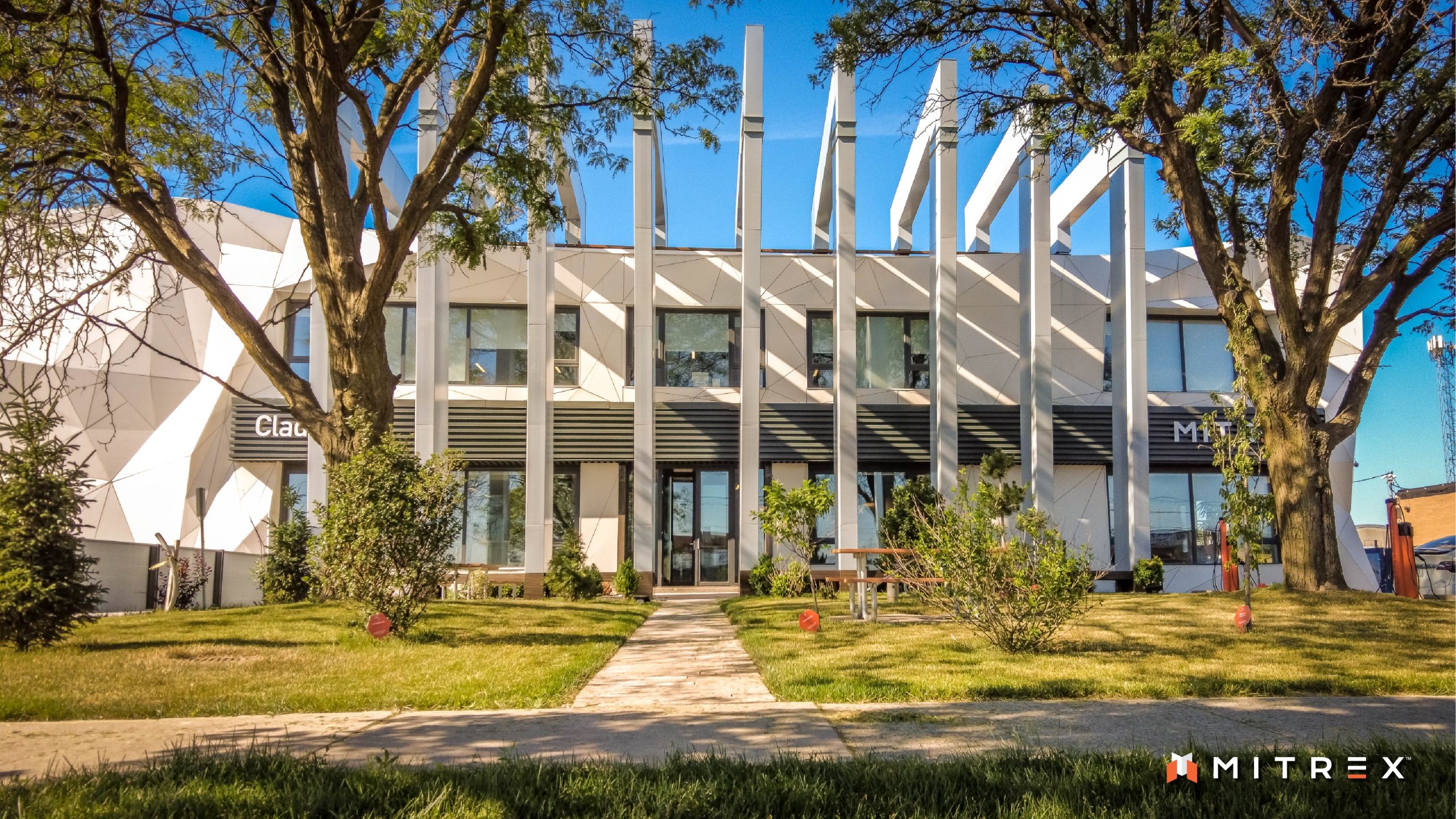
Mitrex
When Danial Hadizadeh set out to combine solar panels and building cladding into a single product, he reached back to his teenage years and of all things, Leonardo da Vinci's ornithopter drawings.
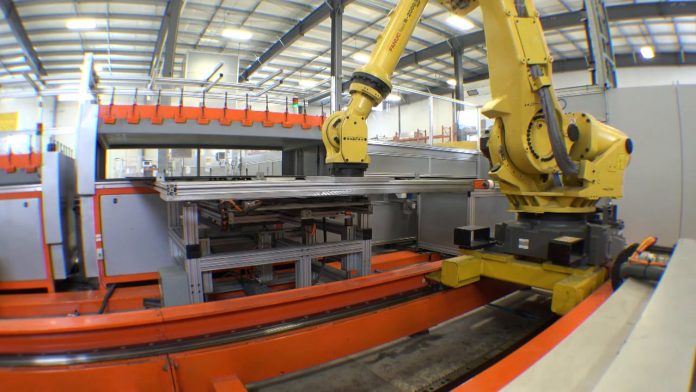
Heliene
Heliene Inc. manufacturers solar photovoltaic modules to service various infrastructure projects and is in the process of developing solar modules for uses in different industries.
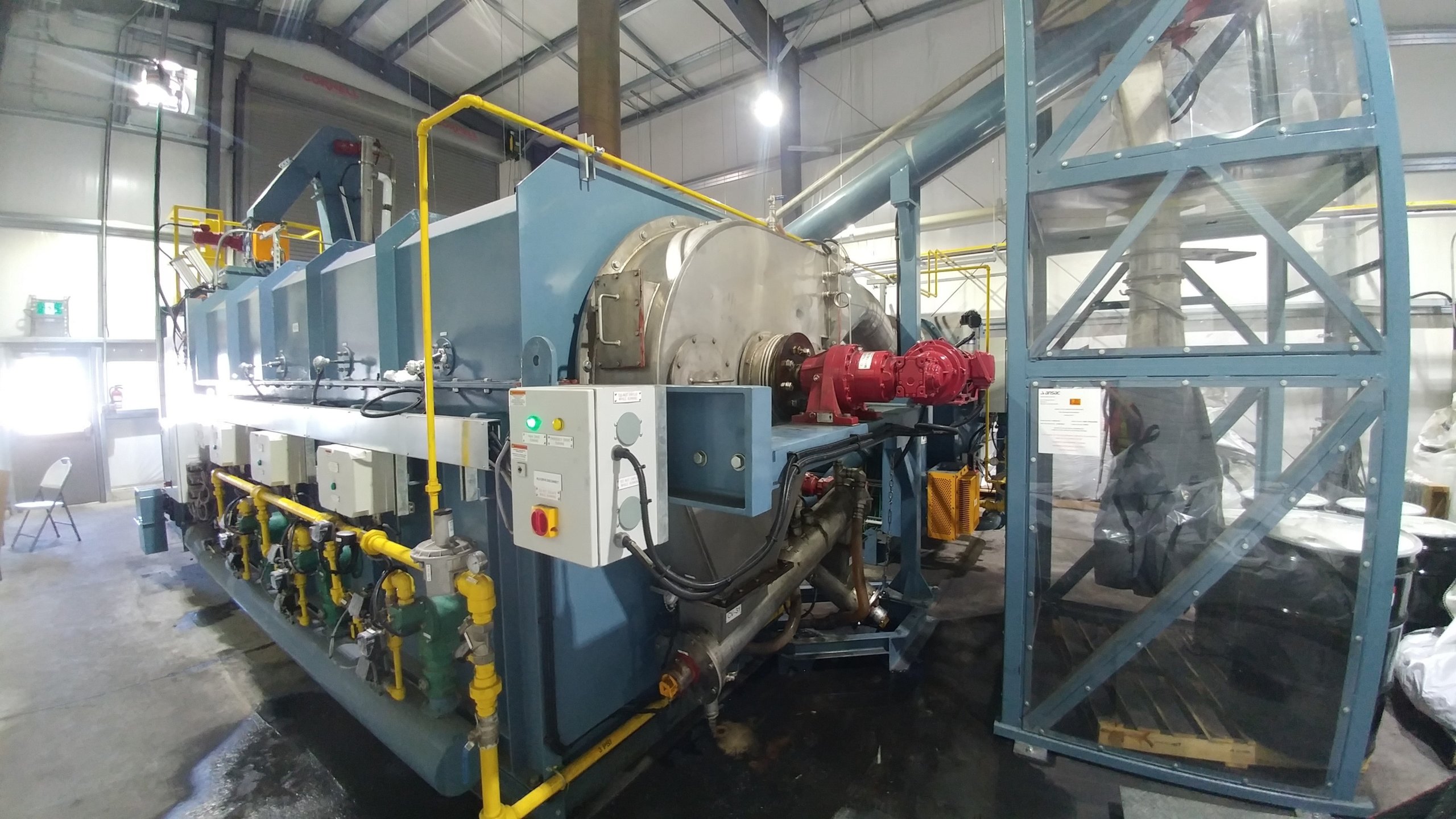
CHAR Technologies Limited
Headquartered in Toronto, Ontario, CHAR Technologies Limited (CHAR) is an innovative cleantech company that specializes in biocarbon fuel development and provides custom equipment for a wide range of industries. CHAR has quickly become a leader in green innovation through its use of Canadian technology to create environmentally sustainable solutions.
